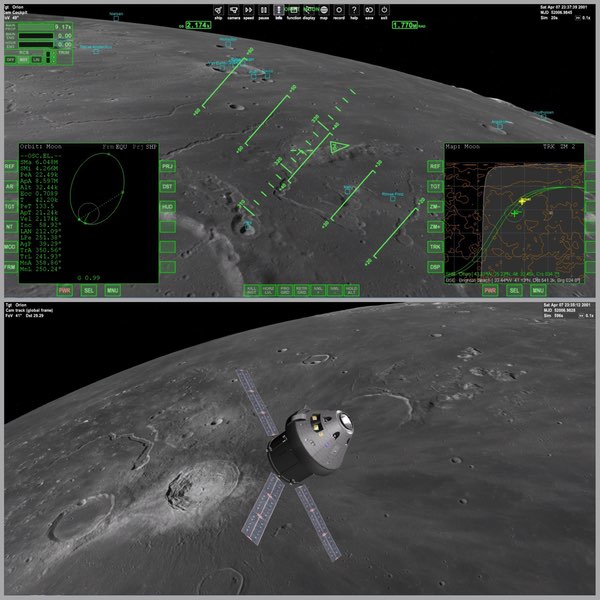

The High Level Architecture (HLA) is used as a distributed simulation framework in the VTB. The objective of the VTB developments is to provide a collaborative computing environment that supports the creation, execution, and reuse of simulations that are capable of integrating multidisciplinary models representing the elements of launch, ranges, and spaceport operations in order to assist with the cost analysis, flow optimization, and other important decision-making factors. All shared information exchanged during a federation (i.e., a set of simulation models) execution must be passed through the RTI. It is the architectural foundation that promotes portability and interoperability.
#Tl wn727n v4 software#
The RTI, a software implementation of the HLA Interface Specification, defines the common interfaces for distributed simulation systems during the execution of the HLA simulation. Our completed initial VTB development efforts (see Section 2) for modeling space shuttle missions and operations at NASA Kennedy Space Center (KSC) are based on the High Level Architecture (HLA) and the run-time infrastructure (RTI). For these cases, a Virtual Test Bed (VTB) was designed as the architecture to facilitate the integrated execution of different simulation models with other supporting nonsimulation applications. Space vehicle ground operations processing as well as ascent and decent phases are complex processes whose interactions give rise to the appearance of emergent properties.
/cdn.vox-cdn.com/uploads/chorus_image/image/49422379/ksc-20160426-ph_dng0001_0002.0.0.jpg)
Introductionĭistributed simulation plays an important role in modeling complex systems. This can also help in the development of exploration missions beyond the International Space Station. The different design decisions and the information fusion scheme of this unique environment are explained in detail for decision-making. The High Level Architecture (HLA) is the backbone of this distributed simulation. These models are built using different simulation paradigms such as continuous, system dynamics, discrete-event, and agent-based simulation modeling. Several models representing different phases of the mission such as the ground operations processes, engineered systems, and range components such as failure tree, blast, gas dispersion, and debris modeling are explained. In addition to lawsuit-related delays, Nelson cited first-time development challenges, Congress not appropriating sufficient funds for the HLS competition, the COVID-19 pandemic and the landing goal of 2024 not being technically feasible as challenges that led to postponing the crewed lunar landing mission.This paper discusses an environment being developed to model a mission of the Space Launch System (SLS) and the Multipurpose Crew Vehicle (MPCV) being launched from Kennedy Space Center (KSC) to the International Space Station (ISS). The company was also competing for the HLS contract. The lawsuit, which alleged that NASA conducted an “unlawful and improper evaluation of proposals,” was filed by Blue Origin last August. However, with the recent lawsuit and other factors, the first human landing under Artemis is likely no earlier than 2025.” “Returning to the Moon as quickly and safely as possible is an agency priority. It’s clear we’re both eager to get back to work together and establish a new timeline for our initial lunar demonstration missions,” said NASA Administrator Bill Nelson. Court of Federal Claims’ thorough evaluation of NASA’s source selection process for the human landing system (HLS), and we have already resumed conversations with SpaceX.


 0 kommentar(er)
0 kommentar(er)
